© paperbacKnow limited 2013 -
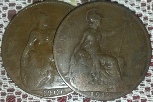
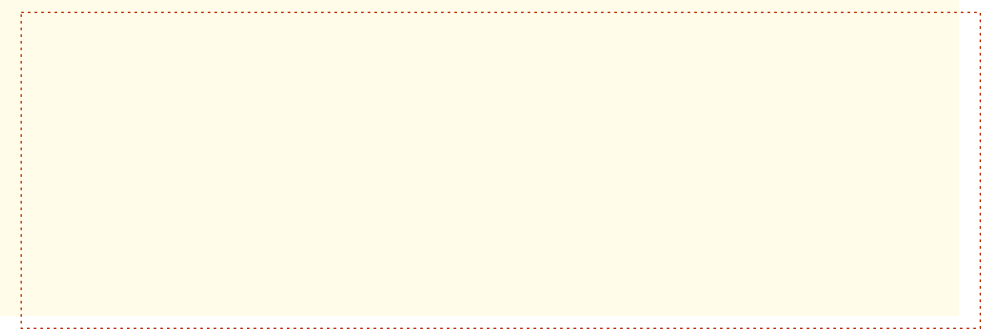
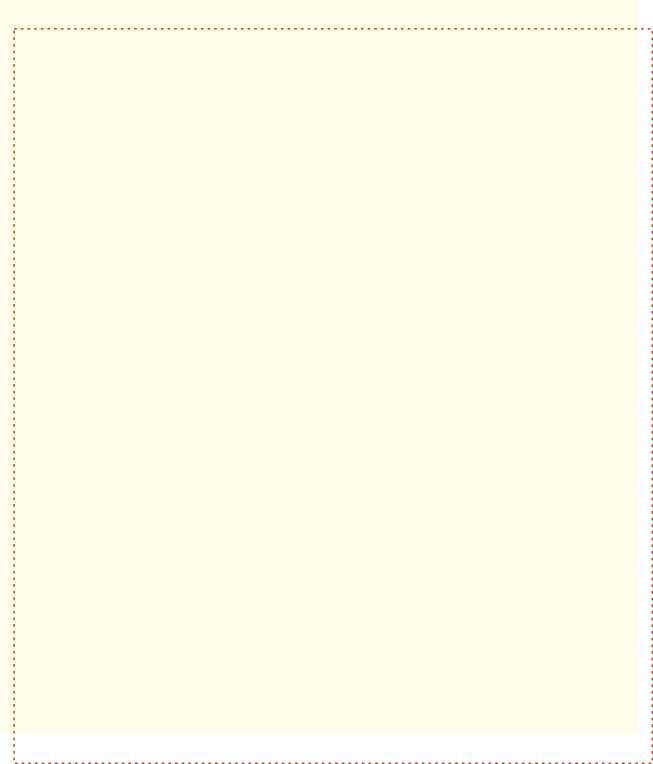

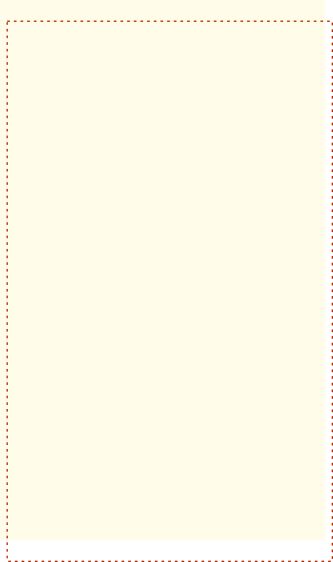
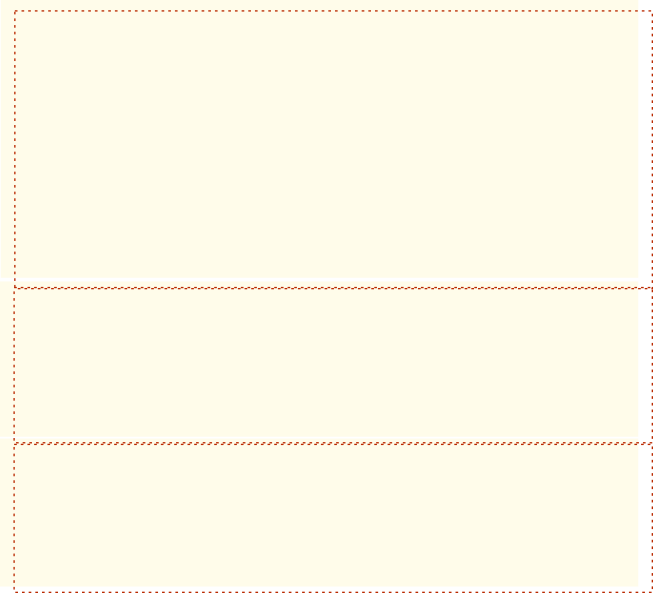
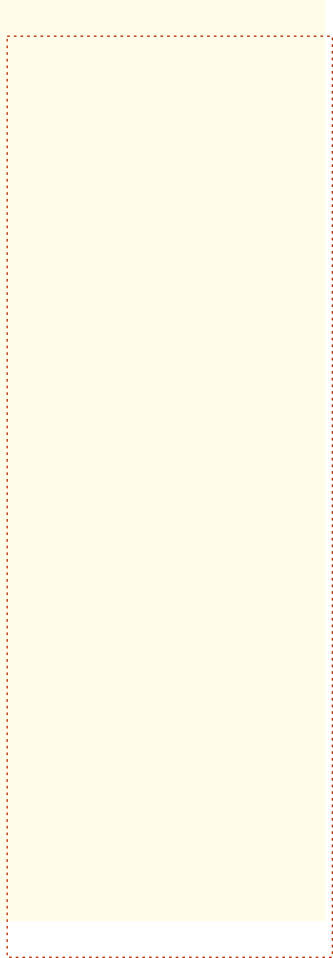
Episode 4 of Tudor Monastery Farm was first screened on 4th December 2013 on BBC2. It is available on BBC iplayer until 25th December 2013.
It’s July. Everything is going well with the crops and livestock but its not harvest time yet. So the team set out to explore what else the Tudor Farmer could get up to.
The Monastery is keen to encourage all of this. As the country’s second largest land owner, it can charge rents and licence fees on every form of activity carried on on its land, generating extra income from the same asset with little or no effort on the part of the monks.
Lead was a fundamentally important material at the time. If you look at the monastery or cathedral, it is essentially built from stone, lead and glass. Stone may be the main material. But its the lead on the roof that keeps the rain out.
Lead was also an ingredient in pewter which was used as an alternative to wood for making plates and cups.
Ruth weaves some traps from willow and sets them in the river to catch eels. Making the trap is probably a significant part of the effort. Once it is made, its about leaving the traps in the right place and coming back to collect your eels from time to time.
After mining their lead ore, the boys have to first smelt it to extract the metal from the rock, then refine it to remove remaining impurities. This involves a lot of cooking at high temperatures, starting with heating some of the wood to make ‘white coal’ which will then allow them to achieve higher temperatures when they burn it.
On their way home from the mine, the boys spend the night at an Inn (with Ruth who was not at the mine).
The team then carry out some home improvements including a new wall hanging designed to emulate the tapestries popular with the upper classes and a portrait of Tom painted using a camera obscura.
Finslly, Ruth prepares the eels and they sit down to eat them in the redecorated Bayleaf.
The lead mine
Demand for lead was strong, You could sell as much as you could mine. We are told that by going mining during the summer months, the Tudor farmer could earn enough to buy an extra 80 sheep for his farm. It’s hard and dirty work. Something that is perhaps not conveyed by the small quantity of lead that the boys extract for us. And lead is poisonous so its probably not good for the life expectancy. But its a lot of money.
There are no lead mines at Weald and Downland. On a site that size, there are almost certainly some rabbits somewhere. So if you chance upon something looking like a rabbit hole, It’s probably a rabbit hole.
The ‘rabbit hole’ we are shown is in Shropshire and our experts, Colin Richards and Nick Southwick, are from the Shropshire Mines Trust. Originally set up to preserve the Tankerville lead mine, they have since expanded their interests to mines all over Shropshire. You can read more about their work and visiting opportunities on the Shropshire Mines Trust website.
Willow weaving
Ruth makes her eel traps by weaving willow. The weaving process itself is shown only biefly. It might, perhaps, have warranted more attention in its own right. But the historical interest is limited. Baskets are woven by hand today in the same way as they have been for hundreds and perhaps thousands of years. There are almost certainly basket making courses in your area. A selection of contacts are listed on the Basketmakers’ Association website.
Stained Glass
With over 720 historic windows to care for, Lincoln Cathedral has its own in-
The Inn
The Inn scene is filmed back at Weald and Downland.
Farming
All good stuff, but despite the title, there was little mention of farming in this episode. If its the farming aspect you’re after, you might like ‘Tales from the Green Valley’. This was the team’s first foray into the historical farming reconstruction business and saw them taking over the running of Grayhill Farm in Monmouthshire for a year. They all but moved in. (Health and Safety said they couldn’t actually sleep there, but they worked there on a daily basis.)
The series comprises 12 half hour episodes -
We’ve been treated to a number of television series in recent years in which modern volunteers are sent back to live in a bygone age. What differentiates this team is that they know what to expect and are ready for it. So many of the other series seem to revolve around how difficult it is for 21st century people to drop into a life of years gone by. While in part this reflects that things were harder in the absence of the modern conveniences we now take for granted, it also reflects a siple lack of knowledge of the things that the earlier generations did every day. If it had been possible for somebody from a bygone age to be dropped into modern life, the culture shock would almost certainly have been as great.
The DVDs are available from Amazon.
Next Wednesday, 11th December, episode 5 includes the refurbishment of a room ‘at the monastery’.
You can learn more about Tudor Monastery Farm in a BBC book to support the series -
If you like Tudor Monastery Farm, the previous farm series from the same team are all available on DVD.

Read about more Tudor Monastery Farm and its locations in my reviews of Episode 1, Episode 2, Episode 3, Episode 5 and Episode 6. BBC is repeating Wartime Farm Christmas. Read more here.